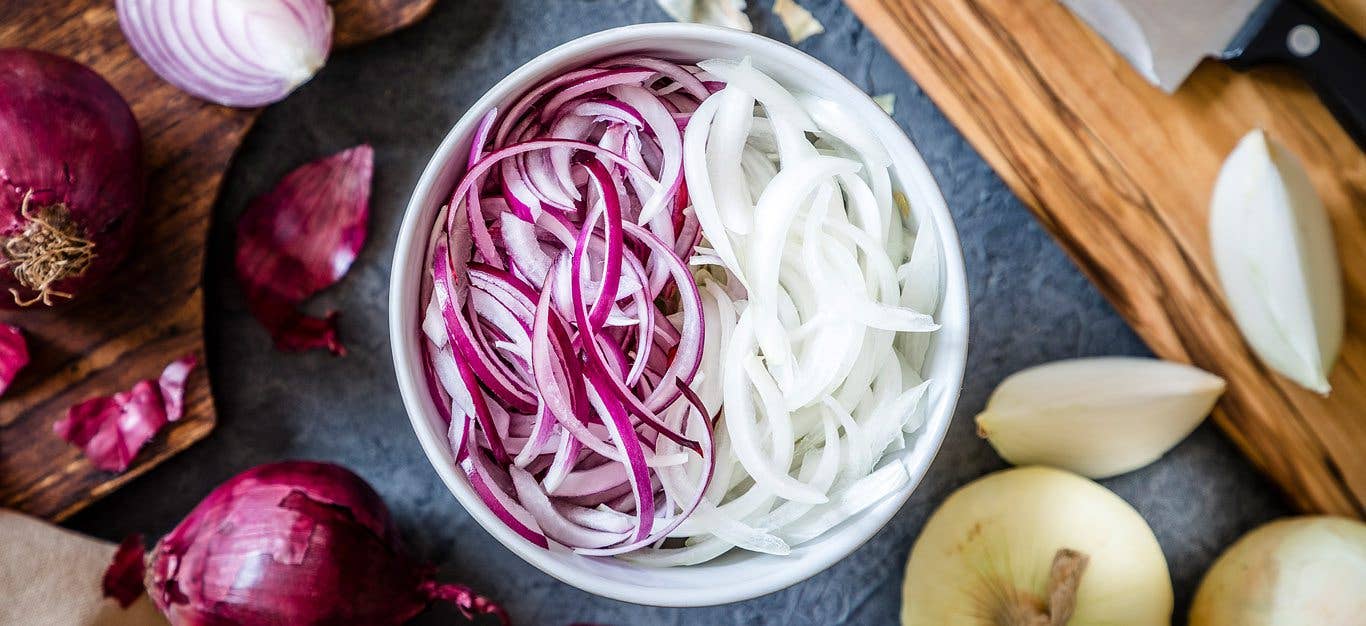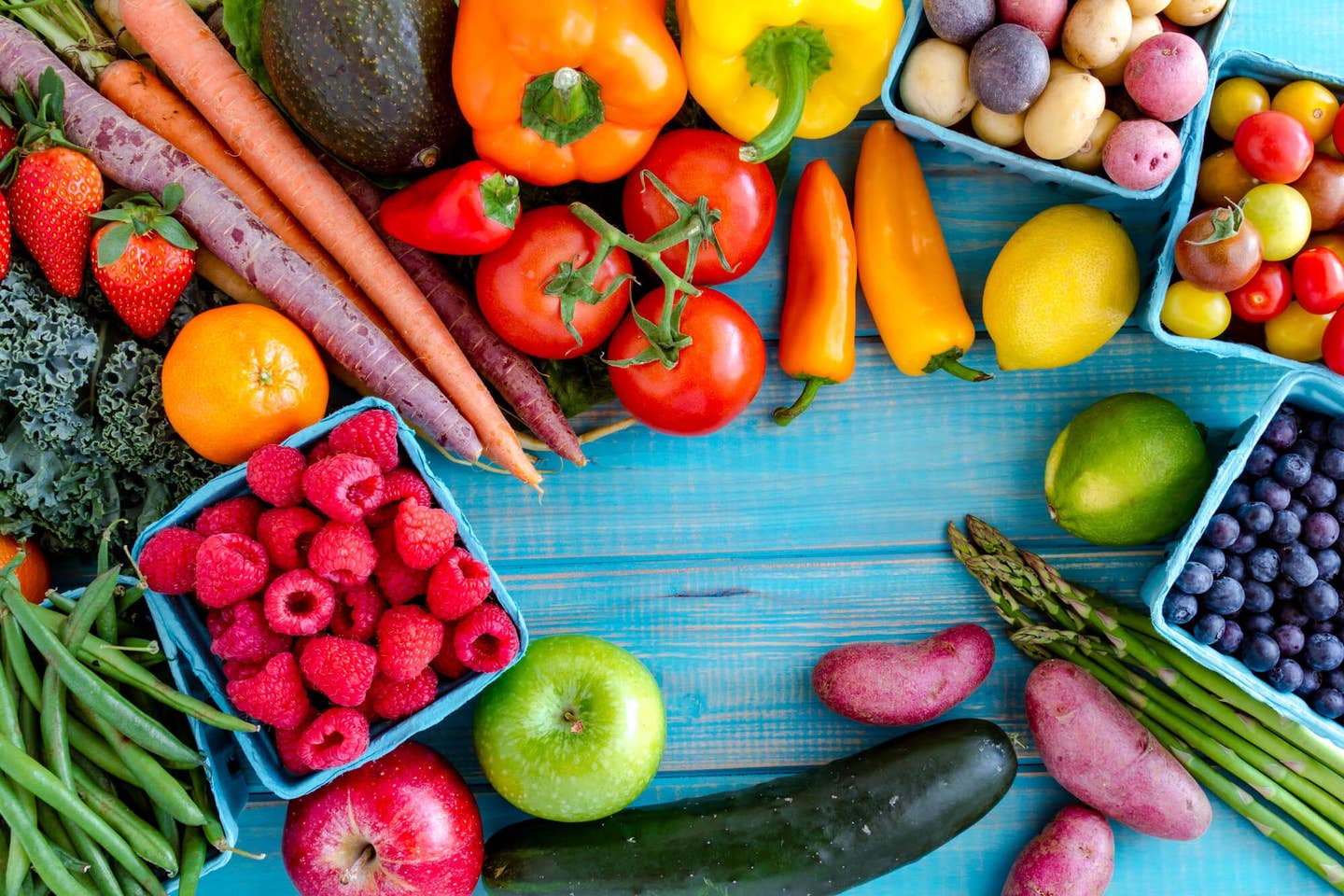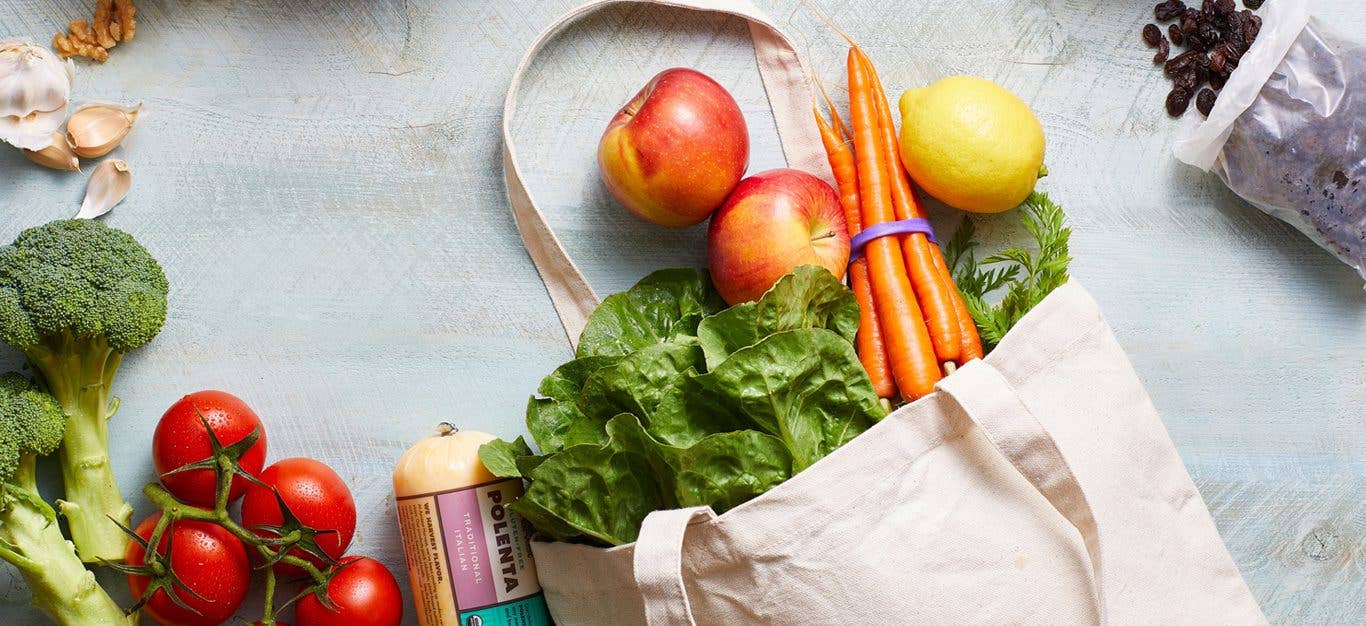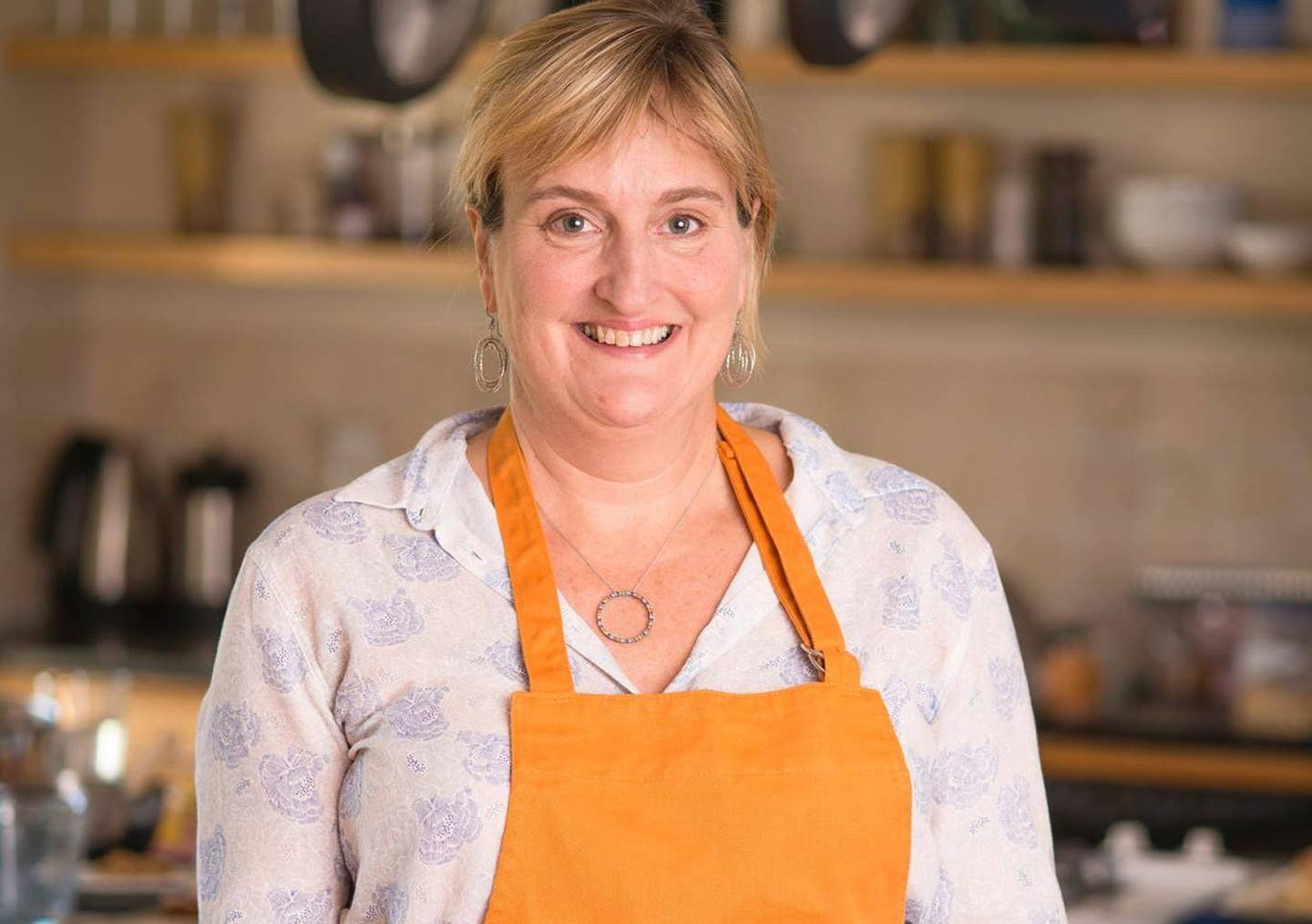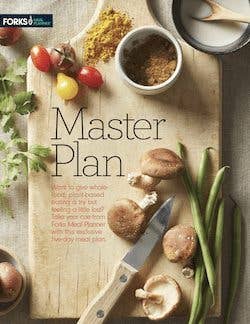There’s nothing quite like garlic in the kitchen. Its segmented bulb sets it apart from other members of the allium family (onions, shallots, and leeks) as does its unmistakable flavor and pungency. Here’s everything you need to know about cooking with the punchy ingredient, from mincing fresh cloves and roasting whole heads to the best ways to select and store.
Fresh Garlic Selection and Storage
Garlic bulbs are harvested while the plant above ground is still green, then they are trimmed and cured in a dry environment for extended storage. As the garlic heads dry, their outer layers become thin and papery and the cloves develop a thick skin that encases the pungent pulp. Both the papery wrapper and the cloves’ peels help keep garlic fresh and flavorful for months.
When you’re shopping for garlic, look for garlic heads that are still encased in their papery skins; these natural “wrappers” protect them from mold and bruising for longer storage times. Give each head a squeeze to make sure it has no soft spots; then take a quick sniff. Whole garlic heads should have no detectable scent. Refrigerate fresh garlic that has been peeled or chopped, but keep whole heads and unpeeled cloves in a dry, well-aerated place at room temperature. You can also freeze whole heads, peeled cloves, and minced garlic for up to 3 months.
Fresh garlic develops a stronger flavor and bite over time. The cloves may begin to brown at the base, and even sprout. These dark germs—which can run from the base to the tip of the cloves before sprouting—are safe to eat, but some cooks prefer to remove them before cooking with the cloves, to eliminate any trace of bitterness.
How to Peel Garlic
Unless a recipe calls for whole smashed cloves as a seasoning, fresh garlic needs to be peeled before it’s used in a recipe. Here are three easy ways to accomplish the task.
Countertop
Pull off and discard the papery wrapper that encases the garlic bulb. Pull the cloves apart by hand or, if they are tightly clustered together, place the garlic head between two cutting boards and press down on the top board to separate. Set the cloves flat on the cutting board, and gently crush them with the side of a knife or the bottom of a bowl to loosen the skin so it peels away easily.
Shaker or Jar
Separate the cloves. Place them in a large jar or cocktail shaker, and shake 20 or so times. As the cloves knock against each other, they will rub off their skins.
Microwave
Place a whole head of garlic in the microwave, and cook on high power for 20 seconds to loosen the clove skins. Allow the garlic head to cool, then separate the cloves and gently squeeze each one to loosen and pull away the skin.
How to Mince Fresh Garlic
Every cook seems to have a favorite way to mince (finely chop) garlic. Here’s a quick rundown of the options, as well as the advantages of each. Note: 1 medium clove of garlic = 1 teaspoon minced garlic.
Knife
Using a knife to mince garlic lets you control the final size and texture of the mince, and to chop a lot at one time. Place peeled garlic cloves on a cutting board, and gently crush with the side of a knife. (Crushing the cloves gives them extra traction and helps the pulp break down faster.) Hold the knife in one hand, set the other on the tip of the knife, then move the knife up and down over the garlic cloves in a chopping motion. Work back and forth over the garlic until it is finely chopped or minced.
Garlic Press
A garlic press offers a hands-off technique with minimal clean-up and yields a uniform pulp. Place whole peeled or unpeeled cloves in a garlic press, then close and squeeze to force the clove’s flesh through the holes of the press. Scrape the minced garlic off with a knife; then remove the peel (if pressing unpeeled garlic cloves).
Microplane Zester
Grating peeled garlic cloves on a Microplane Zester (a popular rasp-style grater) yields ultra-fine minced garlic without the germ, aka the root end. Hold the peeled garlic cloves by the germ; then grate on the Microplane Zester. Discard the ends
How to Roast Garlic
Roasting a whole head of garlic transforms the pungent, firm cloves into a sweet, mellow, creamy paste that can be used to flavor recipes or eaten on its own as a spread.
Start by slicing off the top of the garlic head just enough to reveal the tips of the cloves, then set it on a piece of aluminum foil. Drizzle the garlic head with 1 teaspoon water; then wrap it in the foil and bake in a 350°F to 400°F oven for 30 to 45 minutes, or until the head feels soft when gently squeezed (like a baked potato). Once the garlic head is cool enough to handle, squeeze the soft, caramelized flesh from each clove into a bowl.
To save time and energy, we recommend roasting garlic alongside other dishes you are baking; an exact oven time and temperature aren’t necessary.
You can also speed the process by starting the roasted garlic in the microwave: Place a sliced head in a covered dish with a little water, then microwave 8 to 9 minutes, or until soft. Finish the garlic on a baking sheet in a 350°F oven for 10 minutes to brown and caramelize the cloves.
Other Forms of Garlic
The supermarket offers several ready-to-use alternatives to whole heads of fresh garlic. Here’s the scoop on how they differ.
Pre-Peeled Cloves
The testers at America’s Test Kitchen have given pre-peeled garlic cloves their seal of approval as a fresh garlic option that comes without the hassle of peeling each clove.
Jarred Minced Garlic
Jars of pre-minced garlic are convenient but won’t have the same fragrant bite as fresh, because the minced cloves are preserved in water and citric acid to give them a longer shelf life. Shelf-stable minced garlic has also been pasteurized (heated to 161˚F), which further alters the flavor. The best use for jarred minced garlic is in soups, sauces, and stews where the garlic will cook and mingle with other flavors.
Frozen Crushed Garlic
Frozen crushed or minced garlic retains its bright, garlicky flavor that’s as close as you’ll get to fresh in a prepared product.
The Difference Between Garlic Powder and Granulated Garlic
Garlic powder and granulated garlic are dehydrated garlic cloves that have been ground to different sizes. Garlic powder has a fine, flour-like texture, while granulated garlic is made up of meal-like flecks. Both have a mellow, almost sweet garlicky flavor, which make them a good option for cooks who are put off by the pungency of fresh garlic. Count ¼ teaspoon garlic powder or ½ teaspoon garlic granules per 1 teaspoon minced garlic called for in a recipe.
Keep powdered and granulated garlic in the fridge to prevent caking.
How (and Why) to Substitute Garlic Powder for Garlic Salt
Many recipes call for garlic salt, which can unnecessarily spike the sodium content of a meal. For a healthier option, you can just as easily use garlic powder. Since garlic salt is a 1:3 combination of garlic powder to salt, all you have to do is reduce the measurement by two-thirds. For example, if a recipe calls for 1 teaspoon garlic salt, substitute ⅓ to ½ teaspoon garlic powder.
Garlicky Goodness
Here are our favorite recipes where garlic plays a starring role.
Learn more essential kitchen skills and become a plant-based home chef in 90 days with the Forks Over Knives Cooking Course!
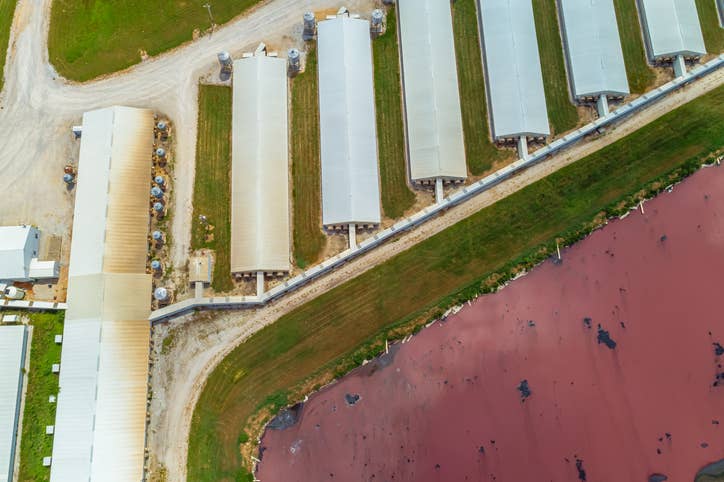
Related News
Try Our Top-RatedMeal Planner Free

Forks Meal Planner takes the hard work out of making nutritious meals the whole family will enjoy.
SAVE $200 ON OUR ULTIMATE COURSE
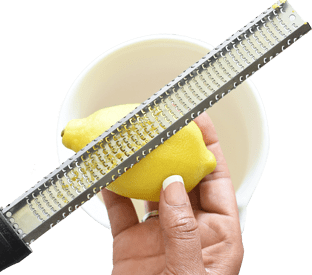
Join our best-selling course at a new lower price!
